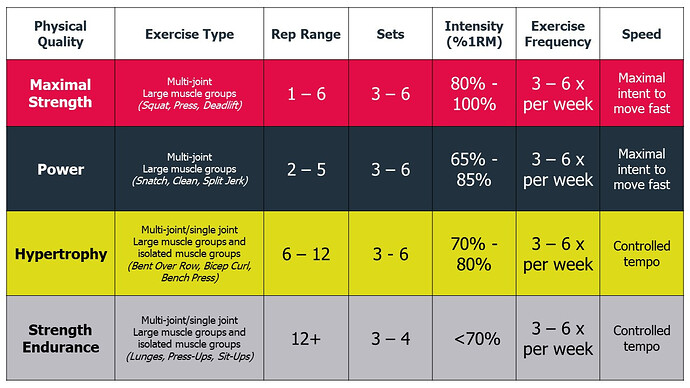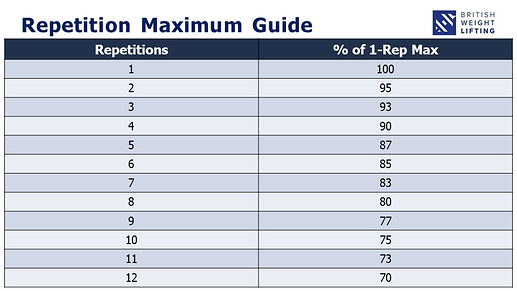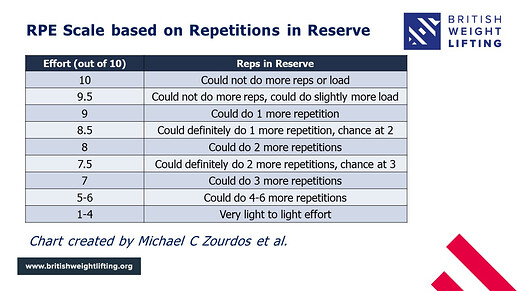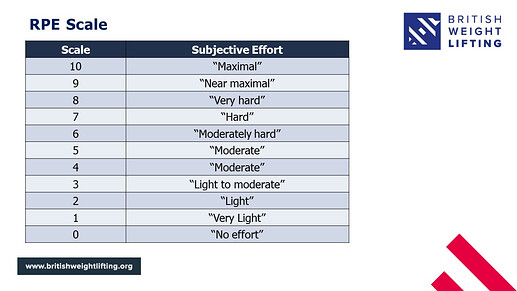Sounds like they’re pretty much the same, which @GRamsay summarised nicely:
Exercises being a mix of what you need to address weaknesses, but yes right principal of squat, hinge, push, pull, core.
If really want to gain strength then 2-3x a week for next few months, then maintain at 1x a week.
That’s the bit i’d change to keep maintenance phase a lot heavier eg 90-95kg, just less overall total load.
Like everything that was posted about reps, but the only thing I’d add as an option is starting week 1 ~8-10 reps, adding weight every week and letting those reps fall to ~4-5 over the first few weeks while keeping same intensity, rather than going straight in at 5rep close to max if haven’t been lifting for a while.
Typically do around 3 key lifts, and maybe 8 exercises per session, the additional being light control stuff during rest periods (eg 1-2kg Scapula work between heavy squats)
Mostly already answered, including in the scientific tri article you gave. I do think some variety is better, especially if you’ve been doing the same 5 lifts every year for past few years.
Back and front squat, Deadlift, Glute Thrusts, Bulgarian Squat, stiff Leg Deadlift, single leg squat, lunges, step Ups are plenty to keep you going and have some mix between quad and posterior dominant, and some that might challenge movement patterns a bit more.
I’ve done a lot less upper body this year thinking tri focus and don’t really feel it transfers as well.
Rows (with many different options, my go to being bent over  ) , pull ups, bench press (+/- a strict overhead press to try turn that into a more compound lift requiring trunk stabilisation) isa decent enough simple list for 2x pull 2x press.
) , pull ups, bench press (+/- a strict overhead press to try turn that into a more compound lift requiring trunk stabilisation) isa decent enough simple list for 2x pull 2x press.
But of work on shoulder external rotation and Scapula movements never a bad idea, not just for swimming but bike too and general shoulder health (eg face pull, shoulder rotations, YTLWs)



